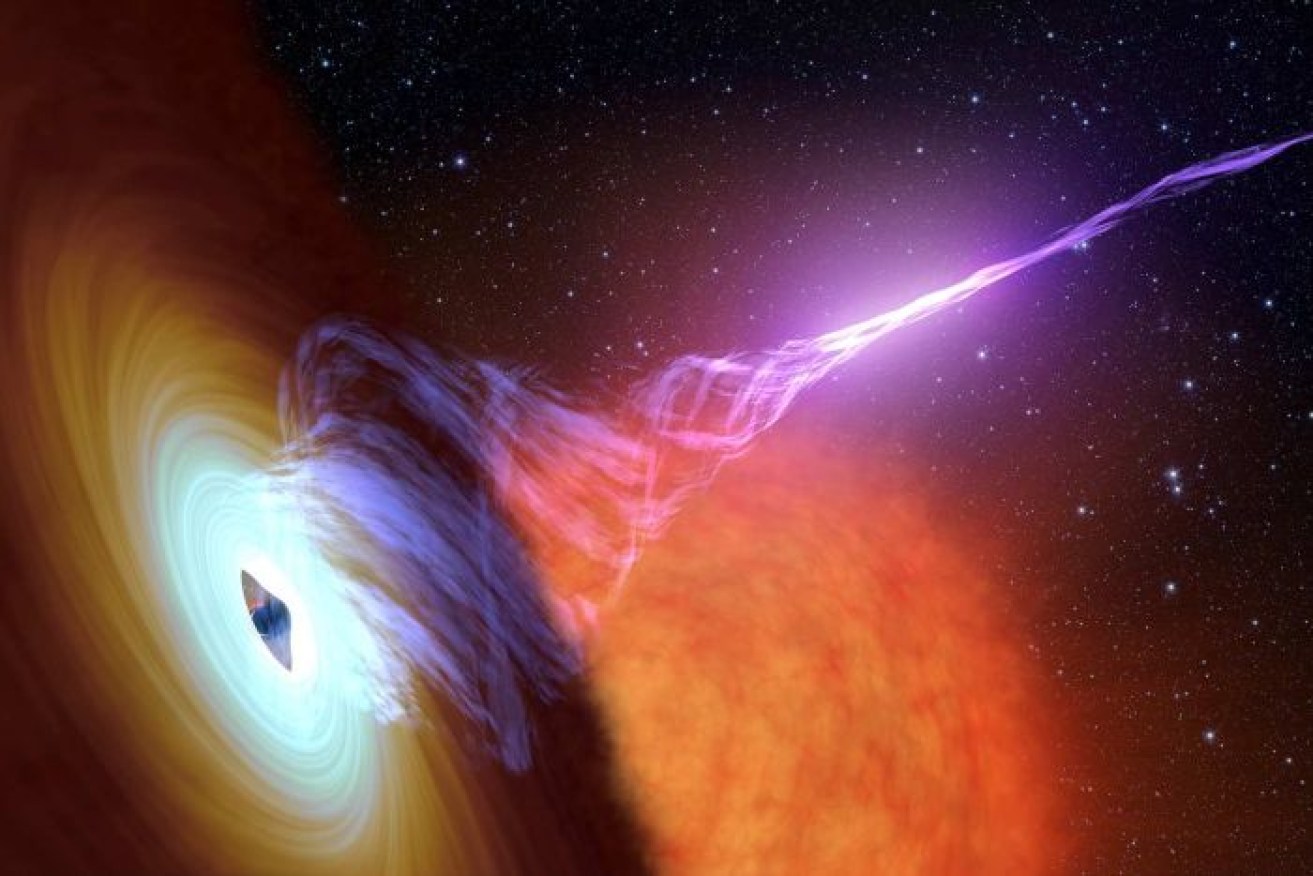Elusive black holes finally revealed at the centre of our galaxy

Using an X-ray telescope, astrophysicists detected a population of these at the Milky Way's centre. Photo: NASA
Our galaxy’s supermassive black hole’s entourage of smaller black holes has been spotted for the first time.
Donald Trump
Publisher testifies on Trump affair story deal
Entertainment
Conviction overturned in landmark case
Middle East
Israel poised to move on Gazan city of Rafah
Donald Trump








